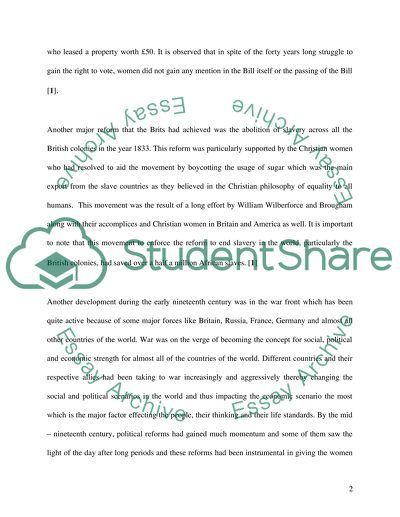Cite this document
(“Women and the Peace Movement in Britain Essay Example | Topics and Well Written Essays - 4250 words”, n.d.)
Women and the Peace Movement in Britain Essay Example | Topics and Well Written Essays - 4250 words. Retrieved from https://studentshare.org/history/1509955-women-and-the-peace-movement-in-britain
Women and the Peace Movement in Britain Essay Example | Topics and Well Written Essays - 4250 words. Retrieved from https://studentshare.org/history/1509955-women-and-the-peace-movement-in-britain
(Women and the Peace Movement in Britain Essay Example | Topics and Well Written Essays - 4250 Words)
Women and the Peace Movement in Britain Essay Example | Topics and Well Written Essays - 4250 Words. https://studentshare.org/history/1509955-women-and-the-peace-movement-in-britain.
Women and the Peace Movement in Britain Essay Example | Topics and Well Written Essays - 4250 Words. https://studentshare.org/history/1509955-women-and-the-peace-movement-in-britain.
“Women and the Peace Movement in Britain Essay Example | Topics and Well Written Essays - 4250 Words”, n.d. https://studentshare.org/history/1509955-women-and-the-peace-movement-in-britain.


